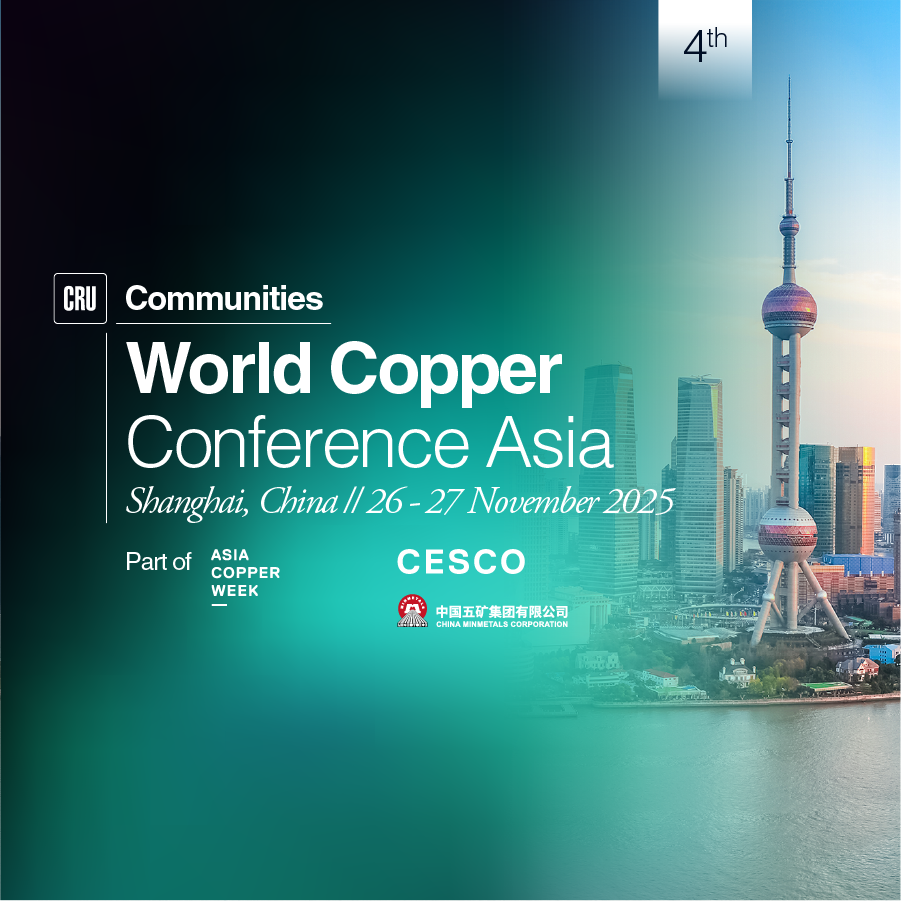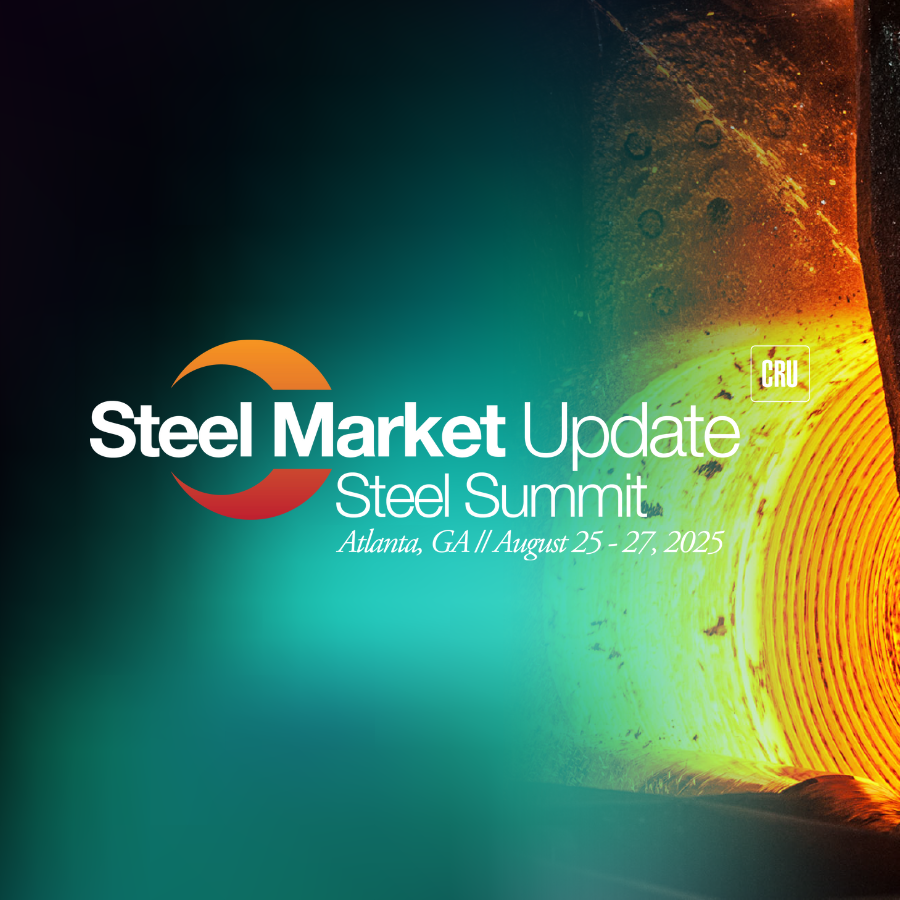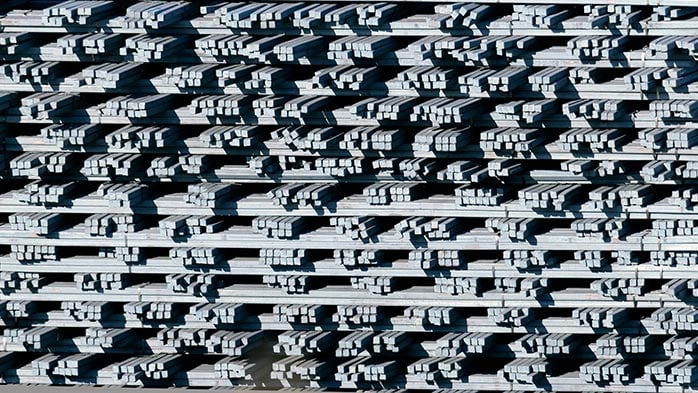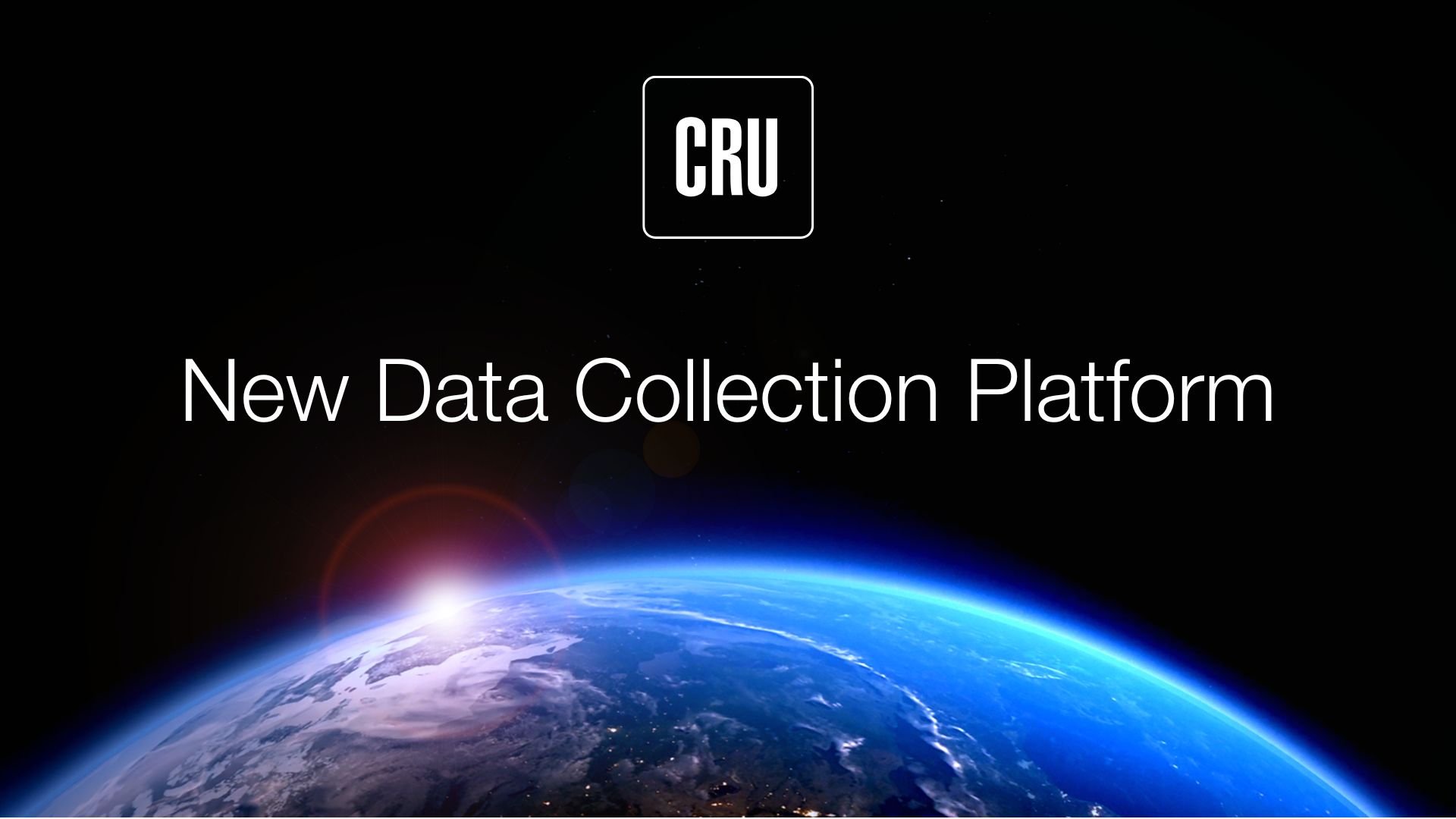Using CRU’s Steel Cost Model, we can see how Chinese steelmakers have managed their costs and increased productivity in response to environmental pressures and high margins in the high raw materials cost environment from 2017 through to 2018. We surveyed more than 100 Chinese steelmakers and have incorporated the latest operating data into the cost model. This Insight looks at the use of scrap in the Chinese blast furnaces (BF) and explores how operating practices may evolve and the behaviours we can expect from Chinese steelmakers in a range of market conditions.
Chinese scrap use rises and falls with margins
Chinese steelmaking costs rose on average between 2017 and 2018, driven by the dual effect of sustained high coal prices and record, high-grade iron ore spreads and shape premia. At the same time, demand was robust in China, while production was constrained by various government-led policies. This created a high margin/high cost environment that incentivised steelmakers to find means of reducing exposure to expensive raw material inputs, whilst maximising output to take advantage of high margins. At the same time, scrap availability has been increasing in China and one of the major responses of the steel sector was to increase scrap utilisation in both the blast furnace (BF) and the steelmaking furnace (BOF).
The chart below shows a variance analysis of liquid steel costs between 2017 and 2018 for the average Chinese steelmaker. The chart is essentially split into two sections, the left side indicates the impact of the price changes (i.e. between 2017 and 2018) in key raw materials and consumables on steelmaking costs and the right-hand side indicates the impact of input usage changes on costs. The central bar, labelled 2017*2018, shows theoretical Chinese steelmaking costs at 2017 usage rates at 2018 prices.
The right side of the chart demonstrates that between 2017 and 2018 iron ore was partially substituted by scrap in the Fe feedstock scrap and that this acted to lower costs and increase productivity for the Chinese industry. That is, the saving made due to lower iron ore usage, was only partially offset by the higher metallics costs and lower costs associated with fixed costs elements (e.g. labour) demonstrate the added productivity achieved.
There is evidence that Chinese steelmakers are becoming increasingly flexible in response to dynamic market conditions, as they balance policy-stipulated restrictions with market requirements. This view is backed up by a panel data survey showing that scrap rates into Chinese BFs have decreased in 2019 H1―this aligns with our view that Chinese steelmakers are reducing BF productivity in response to a lower margin environment and BF scrap charging is one of the levers they can pull.
We have incorporated the latest sinter plant and pellet plant operating data into the latest update of CRU’s Steel Cost Model, taking account of the fact that many of the plants surveyed are now utilising emission reduction technology. This has resulted in a rise in electricity usage and consumables costs. However, the operating cost increase from these measures has been negligible.
If you would like more information and to see a demonstration of CRU's Steel Cost Model, please inform us and a CRU representative in your region will contact you to discuss further.
CRU provides more detailed analysis of the market implications of these events, as well as forecasts for steel and steelmaking raw materials production costs, operations, supply, demand and prices, in the following services:
- Cost Services - Asset by asset cost benchmarking and evaluation tool for steel products, iron ore, metallurgical coal and thermal coal
- Long Term Market Outlooks - Outlooks to 2035 for supply, demand, prices and projects for iron ore and metallurgical coal
- Market Outlooks - 5 year forecasts for supply, demand, trade and prices of semi-finished and finished products and all raw materials
- Monitors - weekly price assessments and near term market analysis of supply, demand and prices of semi-finished and finished products and all raw materials
If you would like to speak to CRU's team in your region about how our services can support you and your colleagues in your market activity, please let us know and we will be delighted to discuss further with you.
















